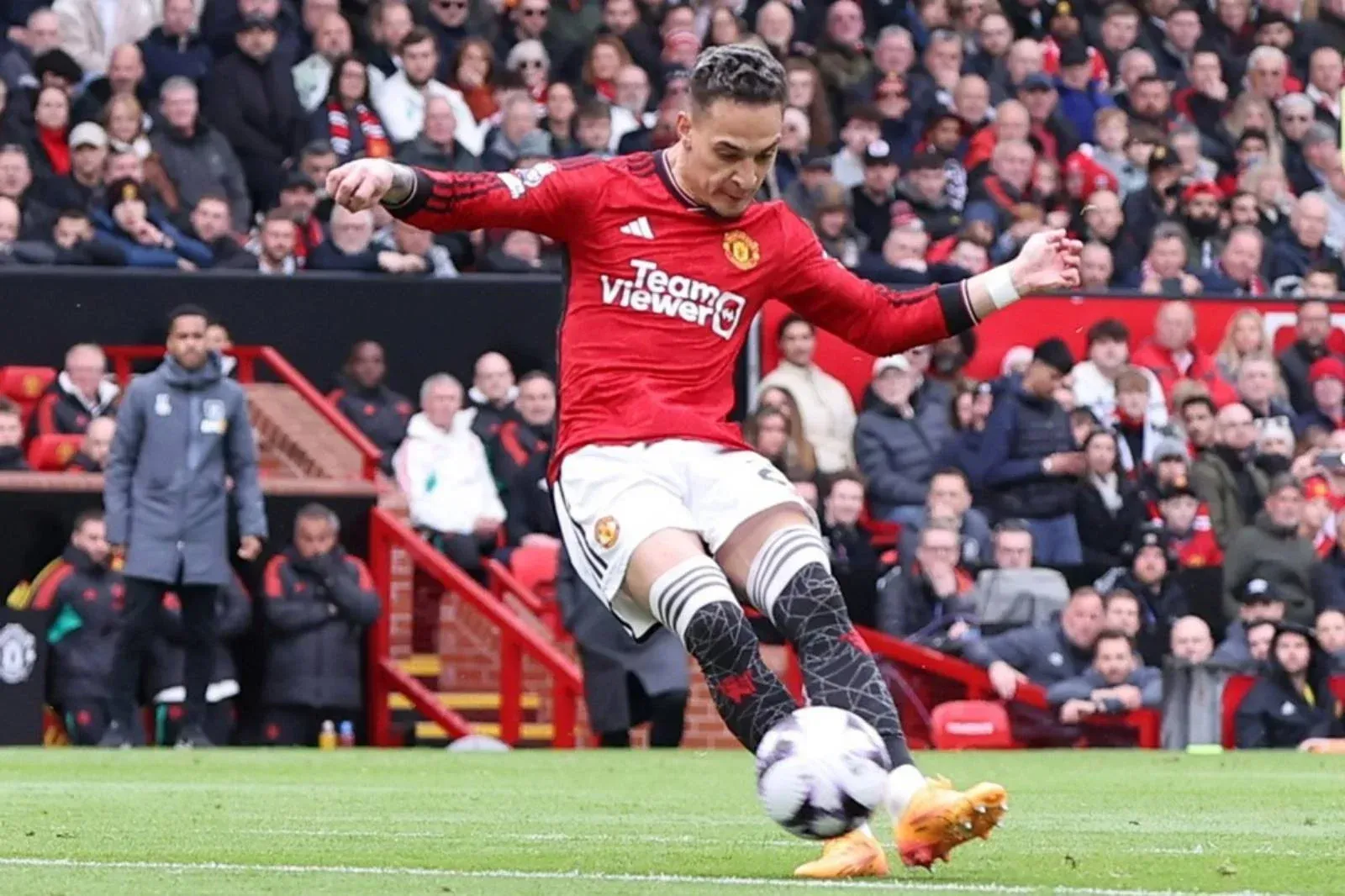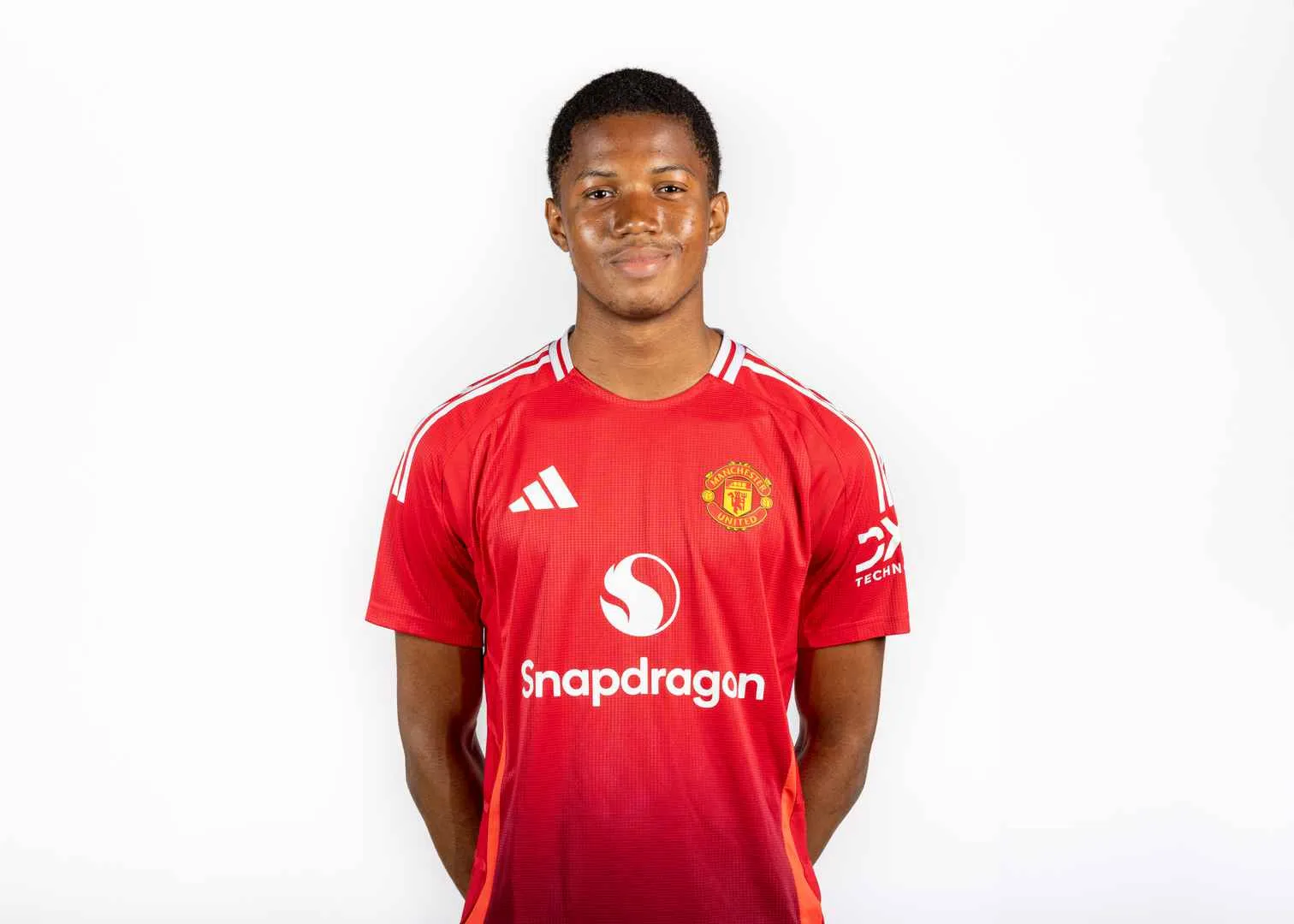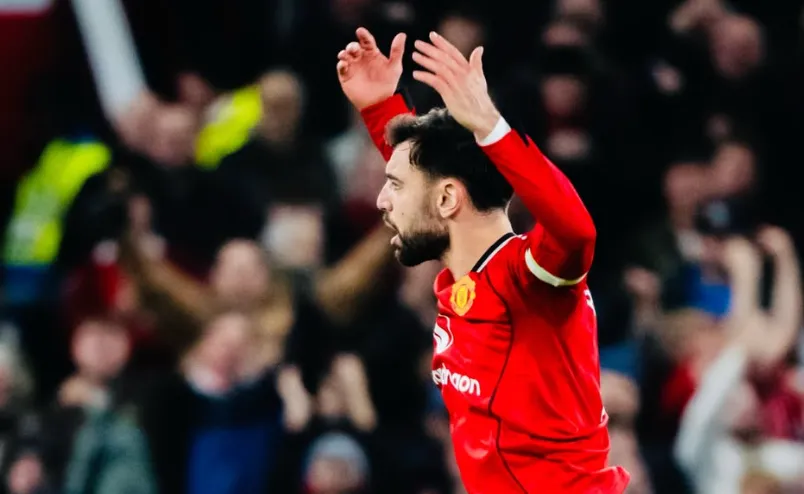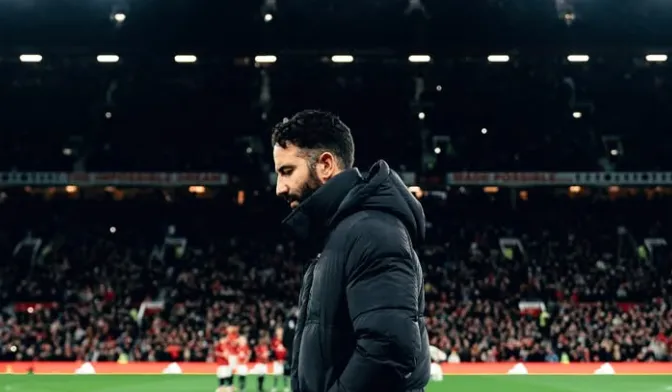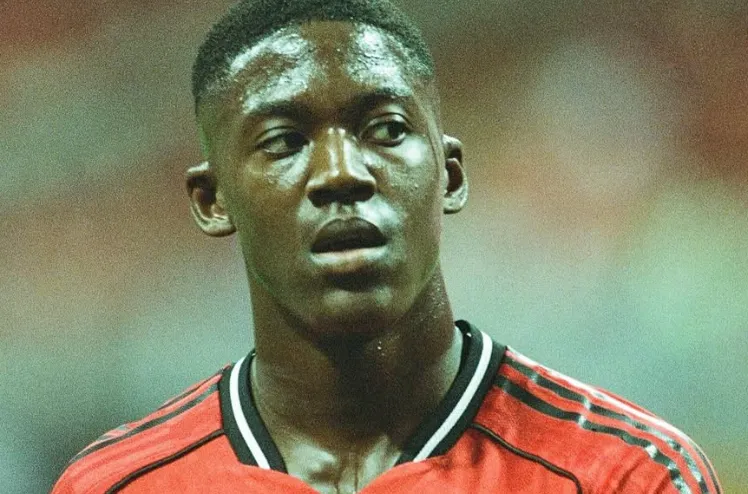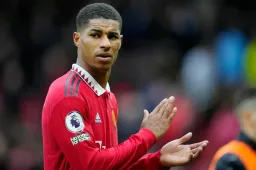Man Utd's cash for transfers: How much do they have and why they are short
NewsThursday, 23 January 2025 at 21:56

Profit and sustainability dominate discussions, it’s easy to overlook that clubs need two critical resources to invest in transfers: flexibility within financial fair play (FFP) regulations and sufficient cash reserves to fund deals.
As the saying goes, “revenue is vanity, profit is sanity, but cash is reality.” At Manchester United, that reality is becoming increasingly hard to ignore.
The January transfer window has opened, but United have yet to secure any signings, constrained by the need to balance incoming players with outgoing ones.
This might seem surprising at first glance. As of September’s accounts, United held £149.6m in cash, the most since before the Covid-19 pandemic.
Additionally, Sir Jim Ratcliffe contributed £79m last month as part of his $300m investment, which increased his minority stake in the club to 28.9%.
One might assume this cash could fund manager Ruben Amorim’s pursuit of reinforcements like left wing-back Patrick Dorgu, with talks ongoing to sign the Lecce player. But the reality is more complex.
Read also
Cash Flow and Transfer Debt
Despite the seemingly healthy reserves, United’s funds haven’t been generated organically.
Much of the cash stems from short-term loans or Ratcliffe’s investment, earmarked for upgrades to Old Trafford and Carrington.
Furthermore, United still owe £319m in transfer fee installments for past signings, with £154m due within a year.
Kieran Maguire, a football finance expert, notes: “Under the Glazers, they’ve been buying players on credit. That approach is catching up to them.”
Over the last five years, consecutive financial losses have forced United to defer payments, rely on credit, and pull financial levers just to maintain squad investment.
As Maguire puts it: “They’re living a Champions League lifestyle on Europa League income.”
Read also
Why Are United Short on Cash?
United’s operating cash flow last season was £118m, bolstered by £37m from player sales and a £4m tax rebate. However, those funds were quickly consumed:
- £36m went to service debt interest, nearly wiping out the cash from player sales.
- £18m was spent on overdue infrastructure improvements at Old Trafford and Carrington.
- £191m was allocated to transfer fees, covering summer signings like Rasmus Højlund, Mason Mount, and André Onana, as well as prior commitments.
The result? An £86m shortfall between income and expenses. This was not an anomaly—similar deficits have plagued the club for years, with last season’s gap only bridged by Ratcliffe’s investment.
Transfer Strategy and Financial Constraints
To fund last summer’s £219m spending spree, United relied on a £200m drawdown from their revolving credit facility, essentially functioning as a high-limit credit card.
While this approach allowed them to sign several players, it also increased short-term debt to £230m, which will eventually need to be repaid.
United’s financial challenges also stem from long-term issues, including:
- Covid-19 Impact: The pandemic cut cash reserves from £308m in 2019 to just £52m in 2020.
- Glazers’ Dividends: The owners took £166m in dividends from 2012 to 2022.
- Debt Interest: Since 2005, £790m has been spent on interest payments, a figure exacerbated by rising global rates.
- Wasteful Transfer Spending: A net £1.3bn spent over the past decade has failed to translate into on-pitch success.
Potential Solutions
With cash reserves tight, United have limited options:
- Credit Facility: The club still has £70m available but would incur further debt and interest costs.
- Player Sales: Marcus Rashford, Casemiro, Antony, and Tyrell Malacia have all been linked with potential moves, either permanently or on loan. Selling academy graduates like Kobbie Mainoo or Alejandro Garnacho would generate near-pure profit, helping with FFP compliance.
- Cost-Cutting: Ratcliffe’s tenure has already seen job cuts, and more austerity may be on the horizon.
Financial Fair Play and Future Spending
United remain under scrutiny from FFP regulations. Though they avoided penalties for the 2023-24 cycle, senior figures admit compliance will remain tight moving forward.
Decisions such as selling Scott McTominay and extending Harry Maguire’s contract reflect efforts to stay within the rules while preserving financial flexibility.
The New Reality
For years, it was assumed that United would always have the resources to fund ambitious spending.
However, after a decade of poor returns on investment and mounting financial obligations, the club is facing a sobering reality.
Without Champions League revenues or sustainable cash generation, United must adapt.
Balancing FFP compliance, debt obligations, and squad investment will be critical as they navigate an era where spending recklessness is no longer an option.
Loading
